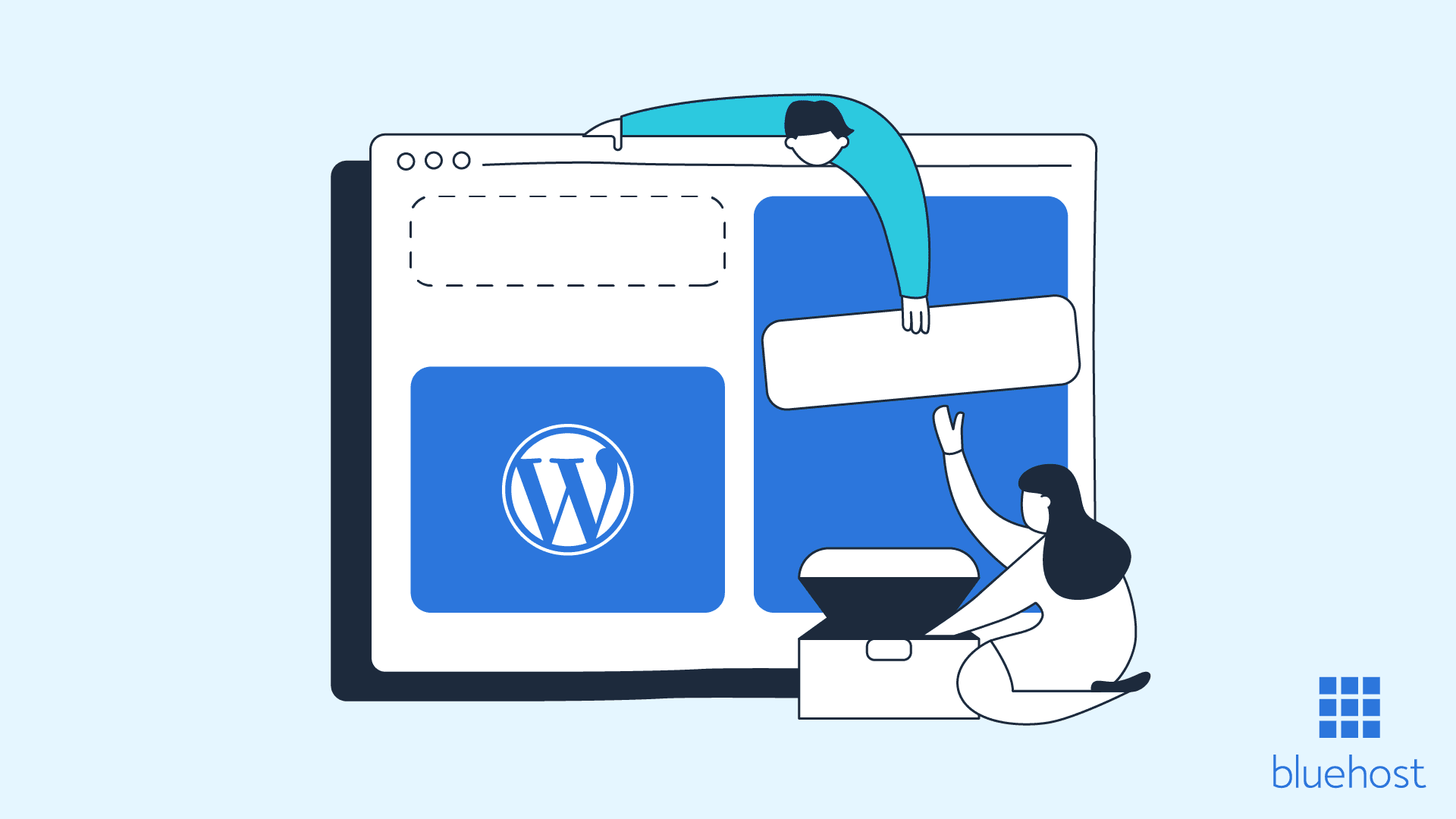Websites, like every other product, need maintenance. Be it revamping the design, fixing security bugs, migrating to a new web hosting provider, or any other thing. While there could be several reasons to update and upgrade your website, the motive is to
make your website secure and user-friendly. At a time like this, if you do not take proper steps to ensure your website visitors are informed about the maintenance, the sudden downtime might cause an unexpected loss of customers.
In this article, we will cover what WordPress maintenance mode is and guide you on how to easily put your WordPress website in maintenance mode.
Understanding WordPress Maintenance Mode
WordPress maintenance mode allows you to put your
WordPress website in an inactive state whenever you want to make changes to your website. If these changes render the links on your website to be broken or some pages to be inaccessible, it can impact your user experience. To avoid this, it is advisable that you make sure your website is offline/in maintenance mode with a ‘Coming Soon’/’Website in Maintenance Mode’ page displayed.
Ways to Setup a WordPress Website in Maintenance Mode
1. Using a Plugin
Using a plugin is one of the simplest ways to setup a WordPress maintenance mode page on your website. There are several plugins available in the WordPress plugin repository. Some of the most popular plugins are
WP Maintenance Mode and
SeedProd.
For our tutorial, we’ve explained the use of the SeedProd plugin mainly because it is simple, easy to use, and offers various custom page creation options. SeedProd allows users to create a Coming Soon page, Maintenance page, Login page, 404 page, landing page, and more using simple drag and drop tools. The plugin is trusted by over 1 million users worldwide and is available in 21 languages.
Steps to Setup WordPress Maintenance Mode Using Seedprod
Step 1:
Log in to your Bluehost dashboard using your credentials. Next, go to the ‘My Sites’ tab on the left-hand sidebar and click on ‘Manage site’
Step 2: Click on the ‘Log in to WordPress’ button to enter the WordPress backend dashboard
Step 3: Once the WordPress backend dashboard opens, scroll down and click on ‘Plugins’ on the left-hand sidebar and click on ‘Add New’ and search ‘Maintenance Mode’ in the keyword search box
Several plugins will be displayed but we want to install SeedProd. Search SeedProd and click on ‘Install Now’ and install the plugin. For more details, see our article on
how to install a plugin in WordPress.
Step 4: After you’ve installed and activated the SeedProd plugin, on the left-hand sidebar go to SeedProd –> Pages and click the button ‘Set up a Maintenance Mode Page’
Step 5: Next, the template window opens. There are several free and premium templates available for you to choose from. Click on the template of your choice to modify it. For our website, we chose the third option viz. ‘Down Maintenance Mode’.
Step 6: The following drag and drop page builder window opens. You can either keep everything as it is or customize the page to suit your website viz. changing the button or background colour, image, video, adding logo, etc. Once satisfied, click on ‘Save’ to save your maintenance mode page.
Step 7: Now, it is time to enable your maintenance mode page. On the SeedProd Pages page, toggle the maintenance mode button to ‘Active’
Step 8: To view how your website looks, type the URL in a different browser and load your website
(Note: We used a different browser as we’re still logged in our Bluehost account on our current browser, and it won’t show the maintenance mode page until we logout)
2. Without a Plugin
Although setting up maintenance mode on your WordPress website is a simple and straightforward way to make changes to your site without affecting user experience. Nevertheless, if your website receives heavy traffic or taking your website down might affect your revenue generation, then putting your WP website in maintenance mode is not the ideal solution. In such a case, you can setup a staging site where you can make all the changes and test them before rolling them out to your main website.
With
Bluehost, you can easily setup a staging environment for your website. To setup a staging site, follow these steps:
Step 1: Go to your WordPress backend dashboard
Step 2: Go the ‘Bluehost’ tab on the left-hand sidebar and click on ‘Staging’
Step 3: On this window click on the button ‘Create Staging Site’
After your staging site is created, you can make changes and test them before making them live on your main website. Although you will need to put your WP website in maintenance mode while rolling out the changes, it will be for a short period of time.
Wrap Up
Hope this article helped you understand what WordPress maintenance mode is and how to ensure you set it up properly without affecting your user experience.
If you’re new to website building, choose the right
WordPress Hosting plan to support and fit your business needs or a smart drag and drop
website builder to create your website. Furthermore, if you want to learn how to build, grow, and maintain your online website, get
professional support from our experts.
For more tips and useful information to grow your online presence, head to our
WordPress Tutorials page.



Write A Comment